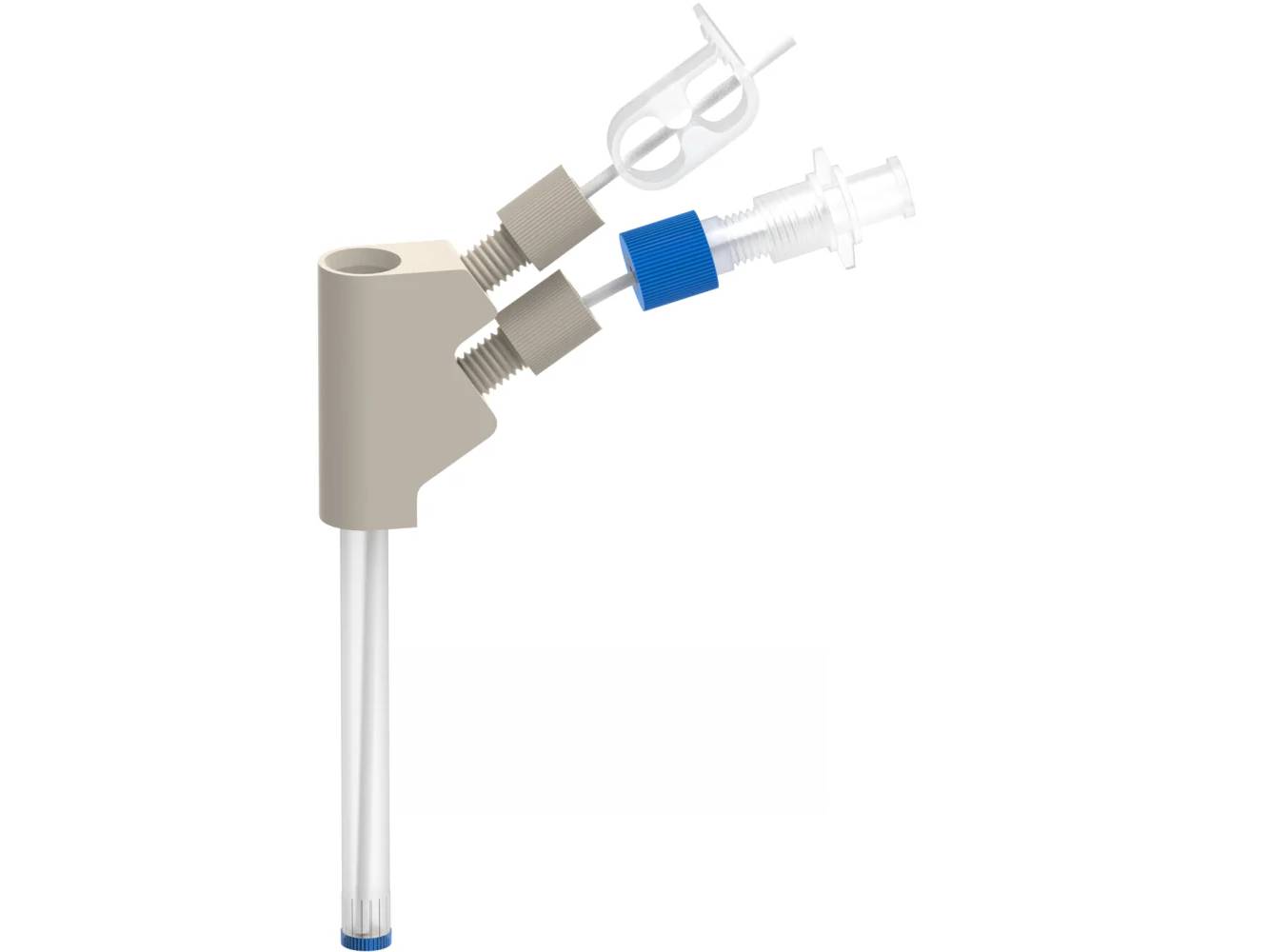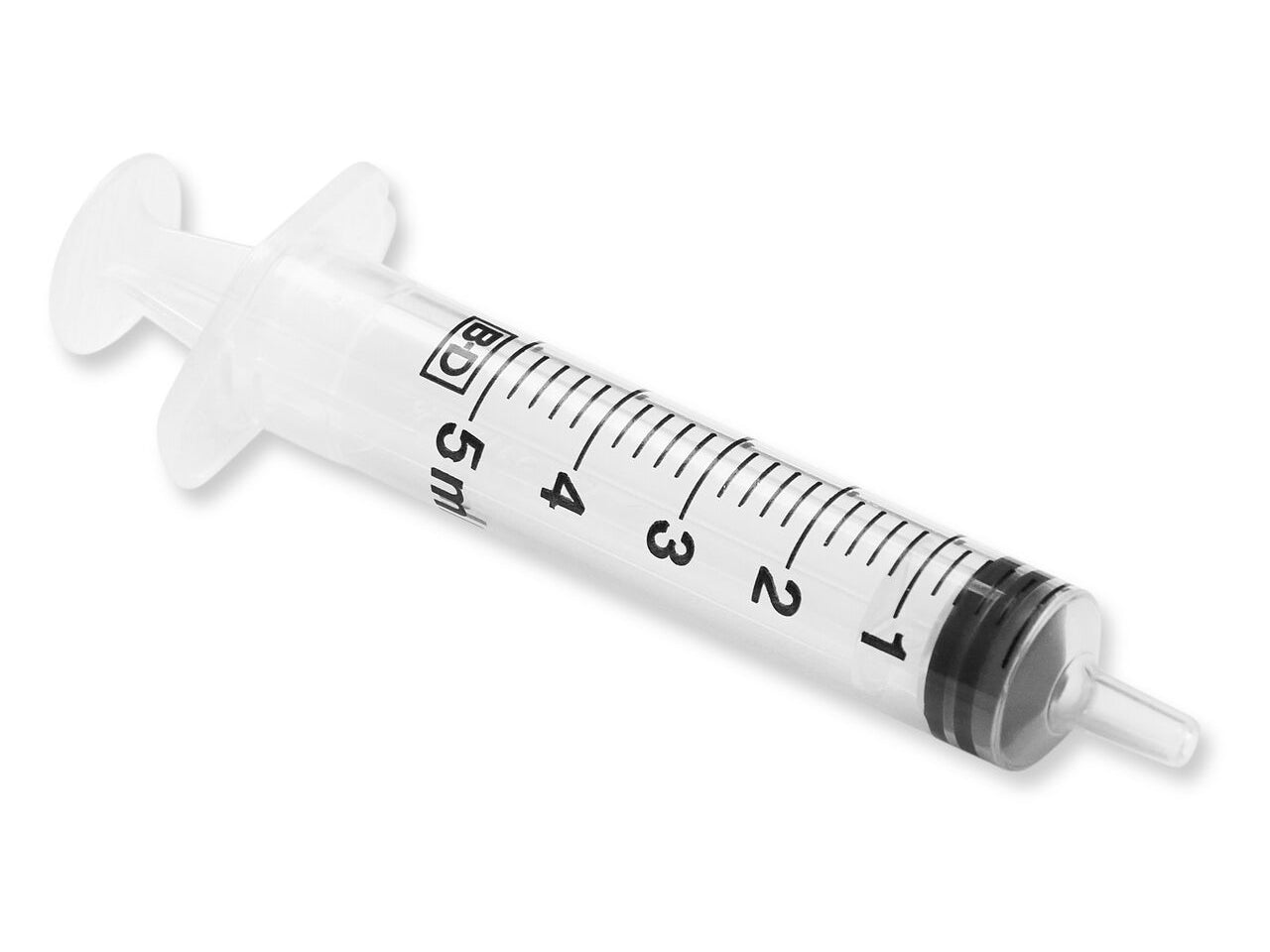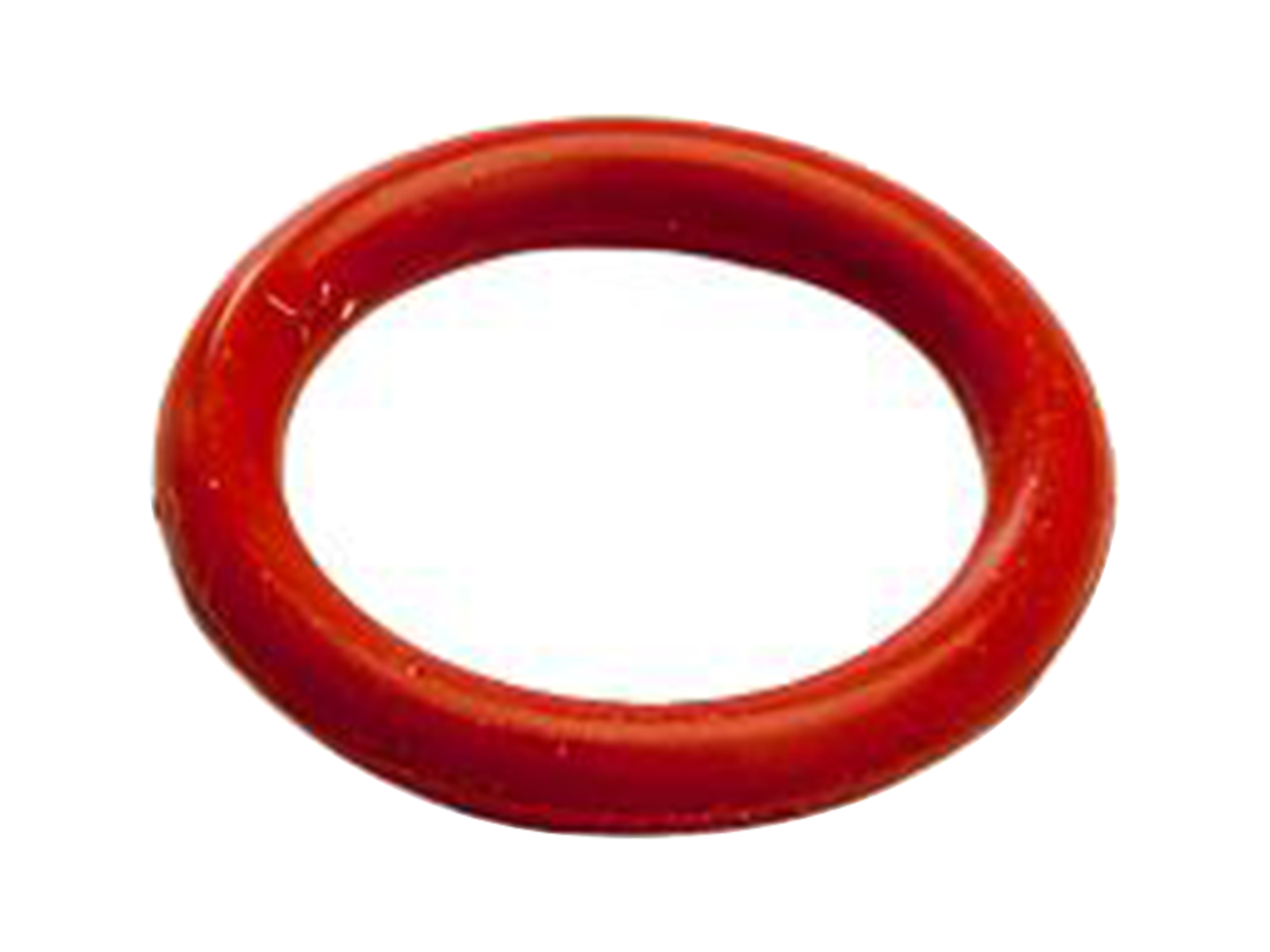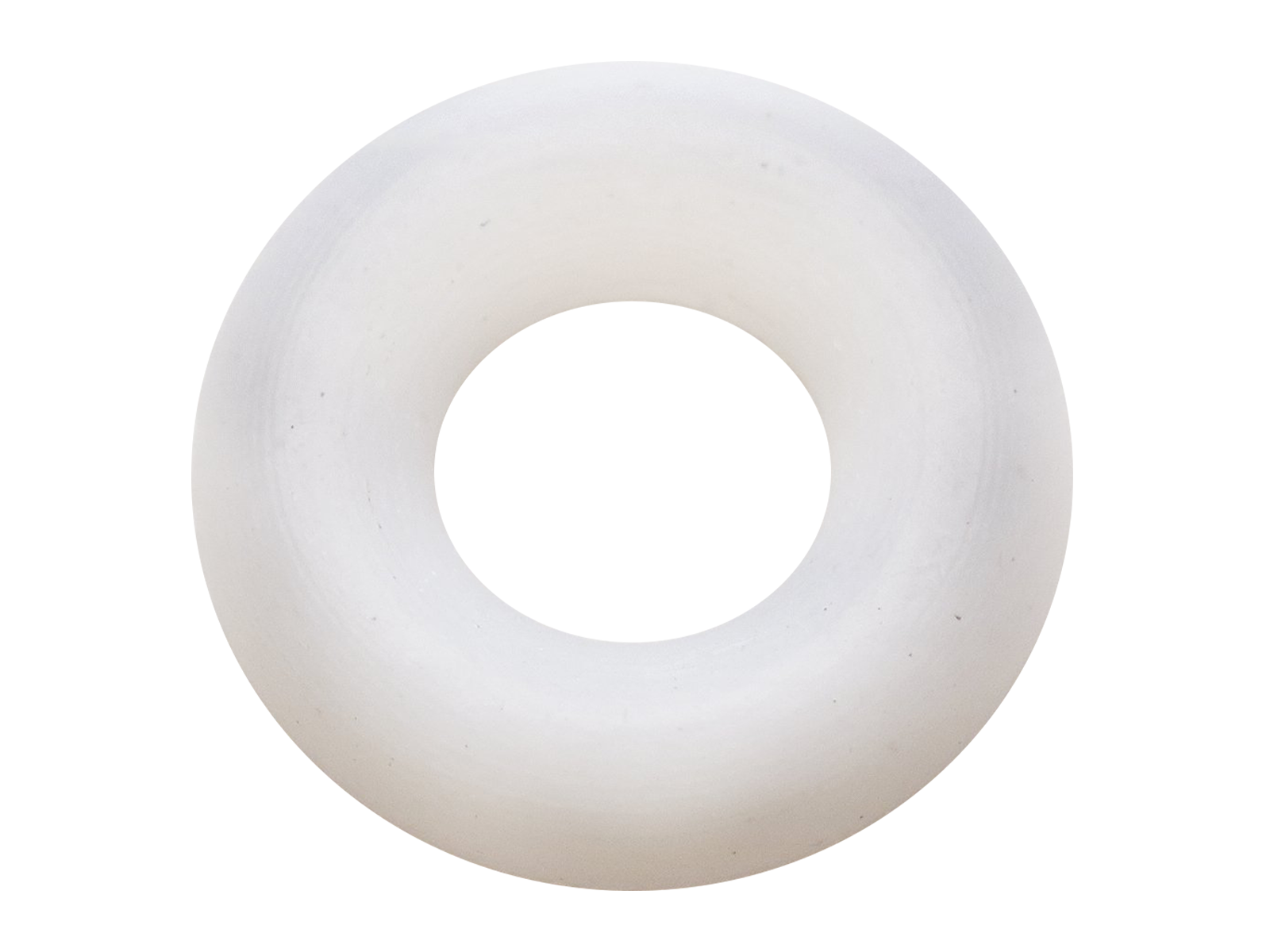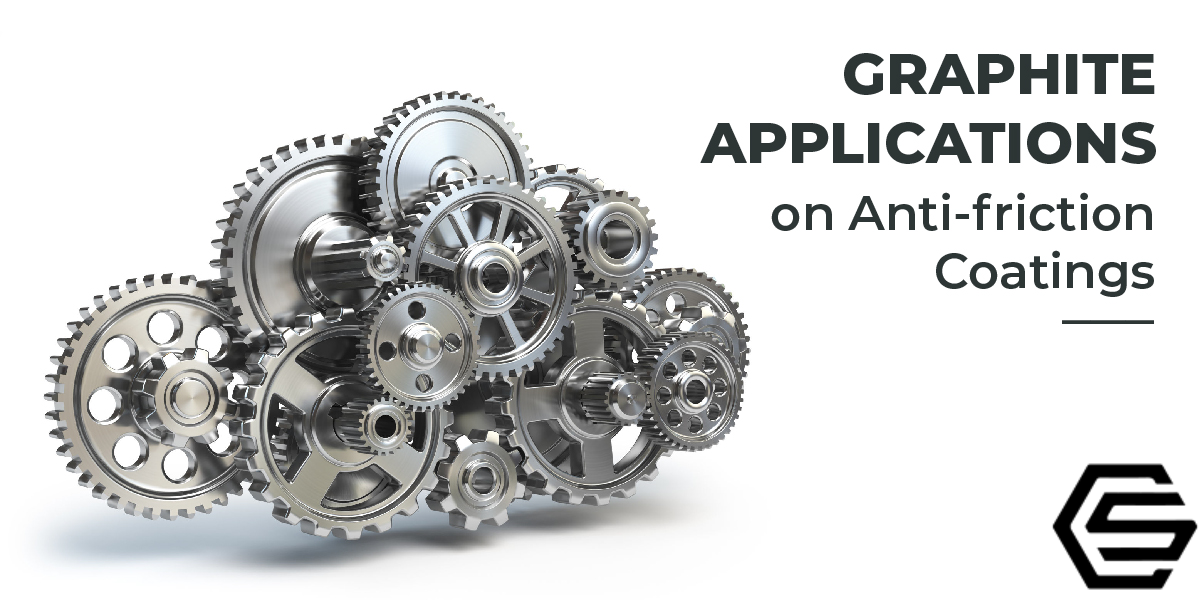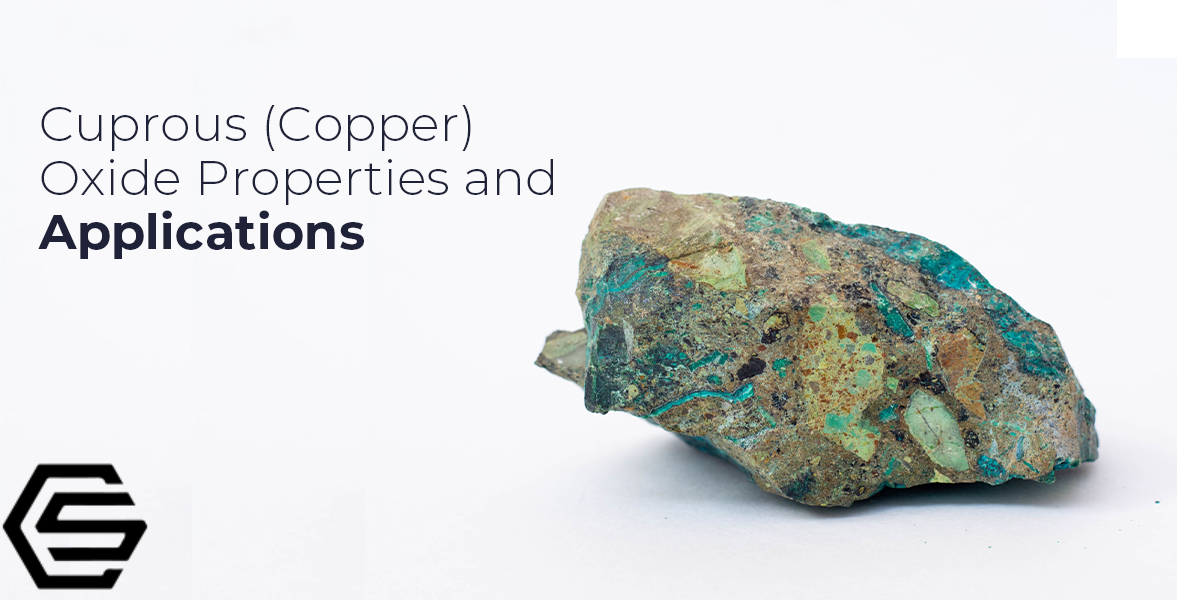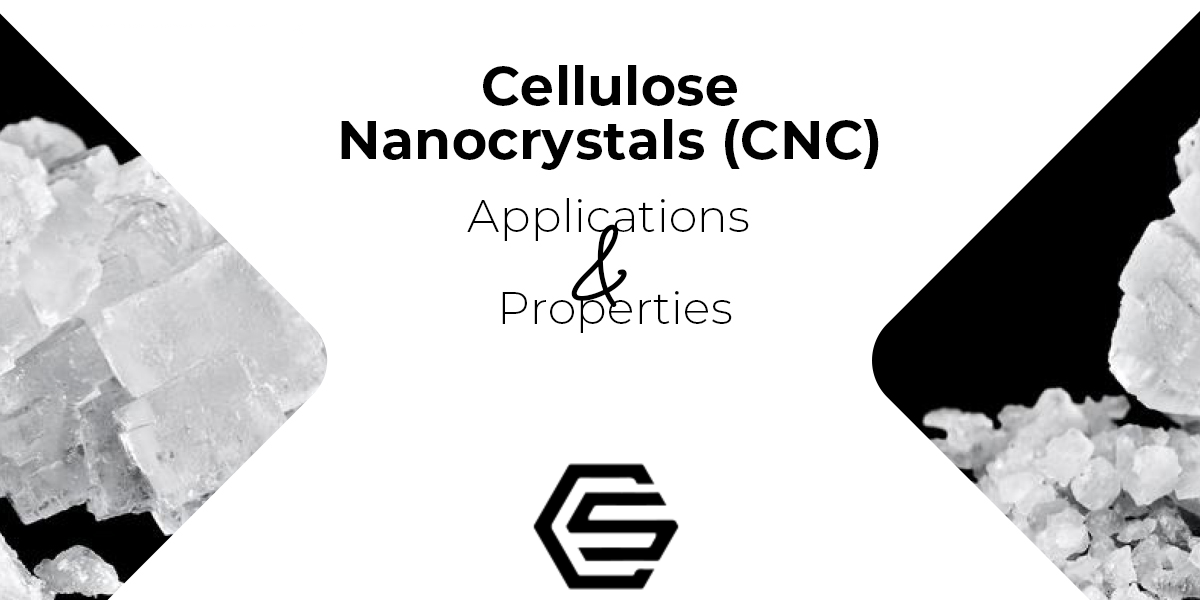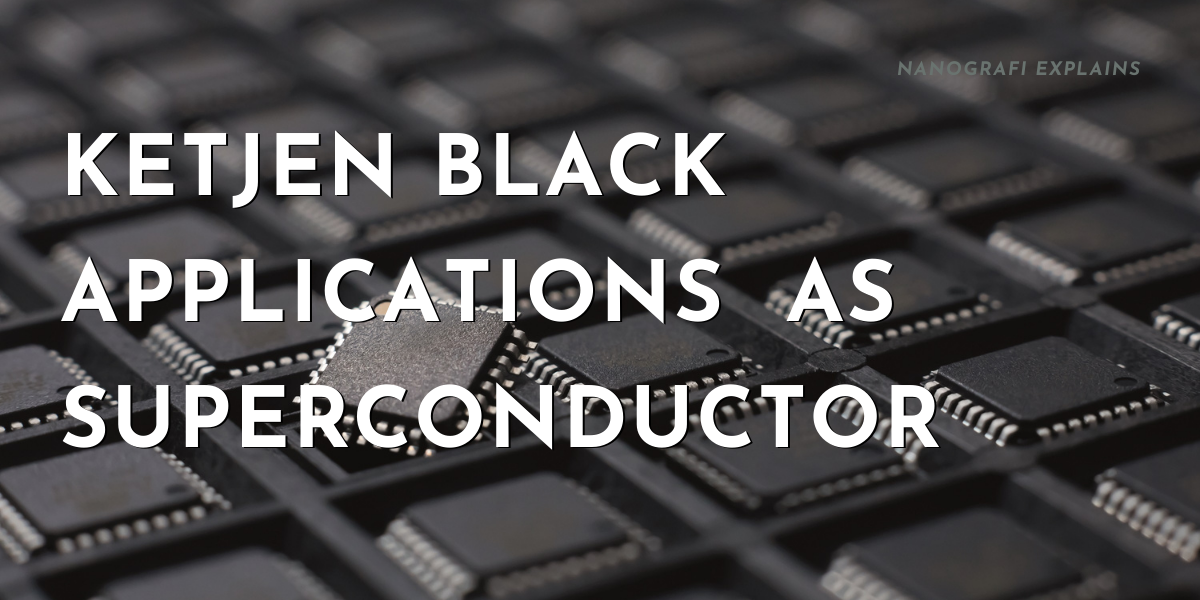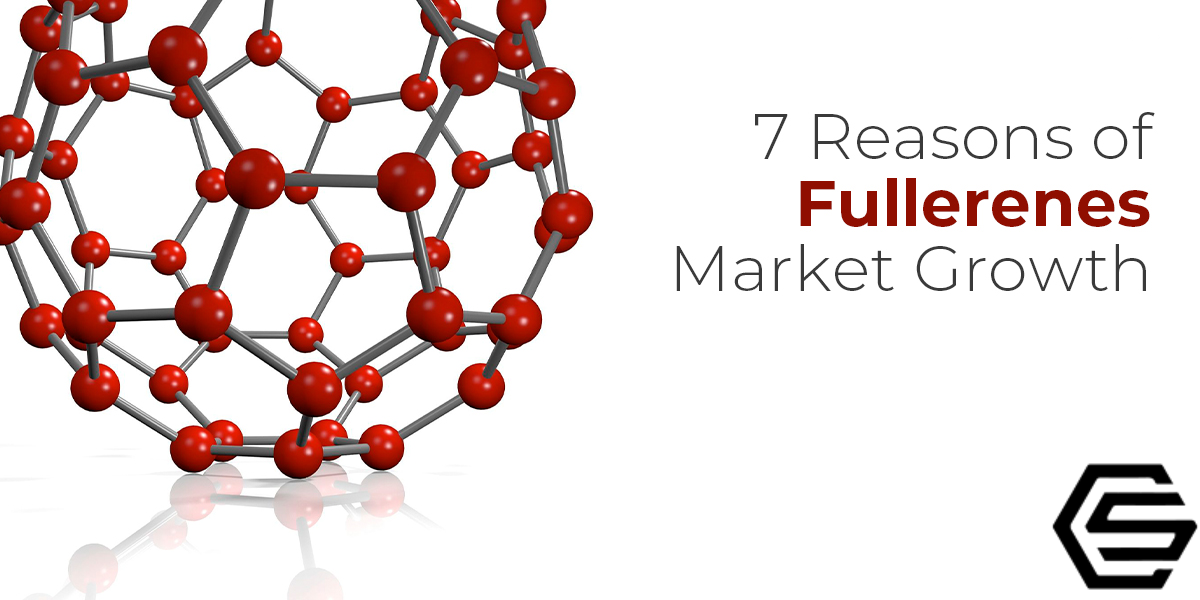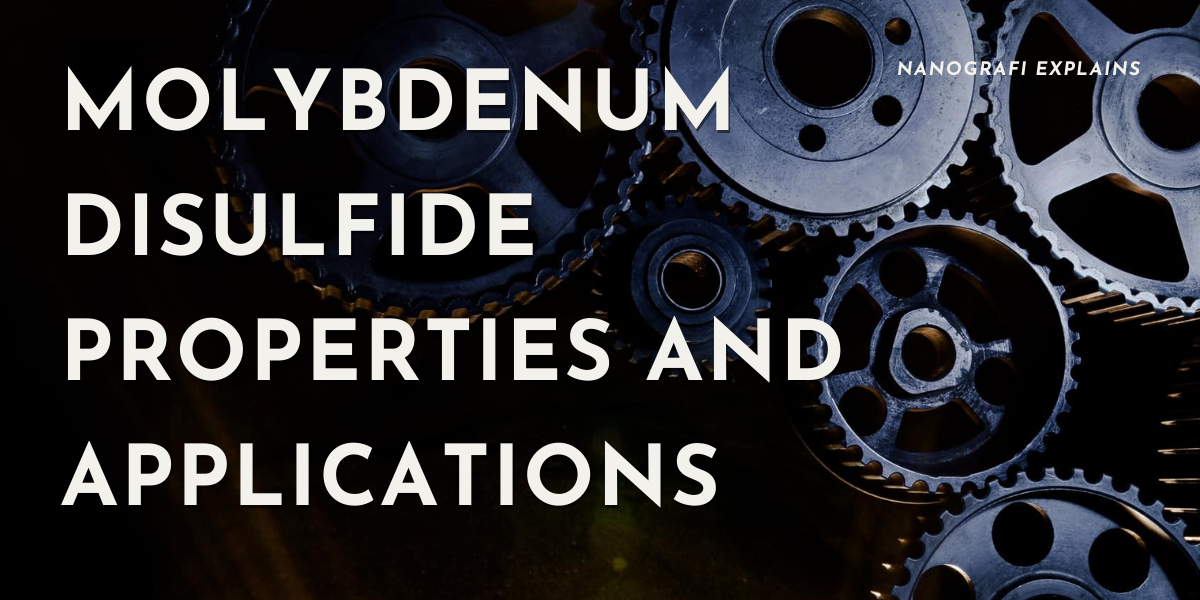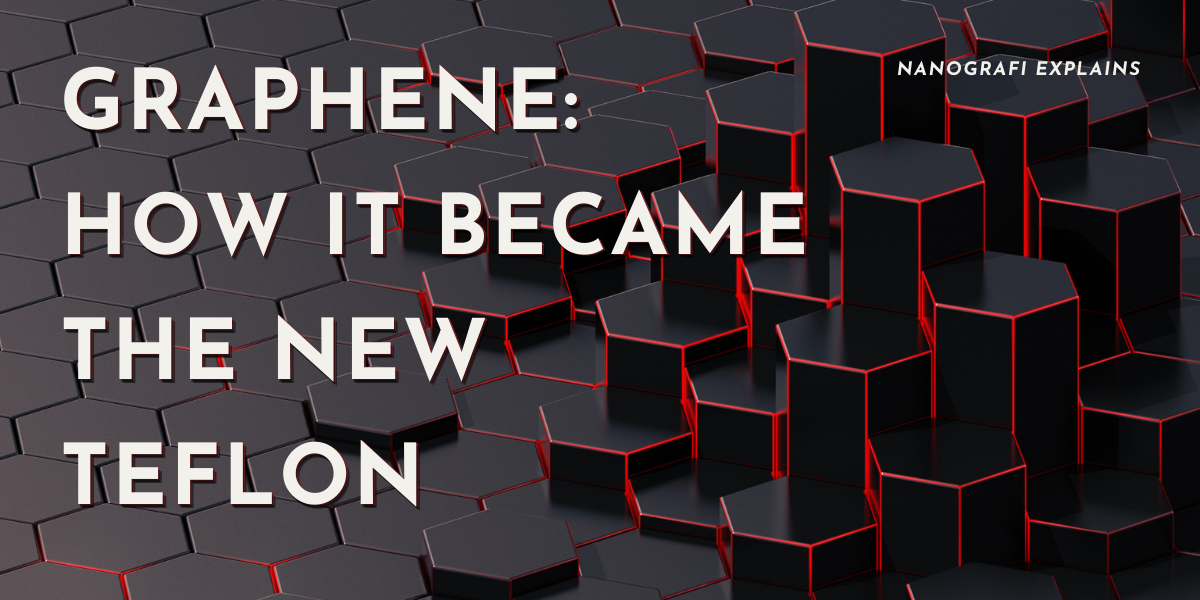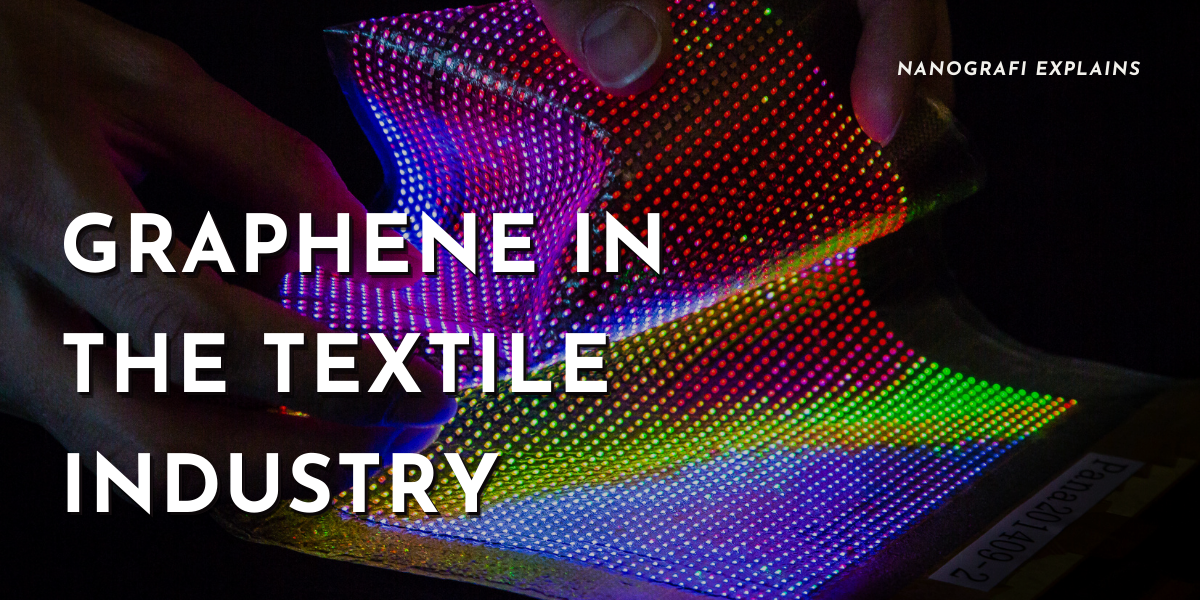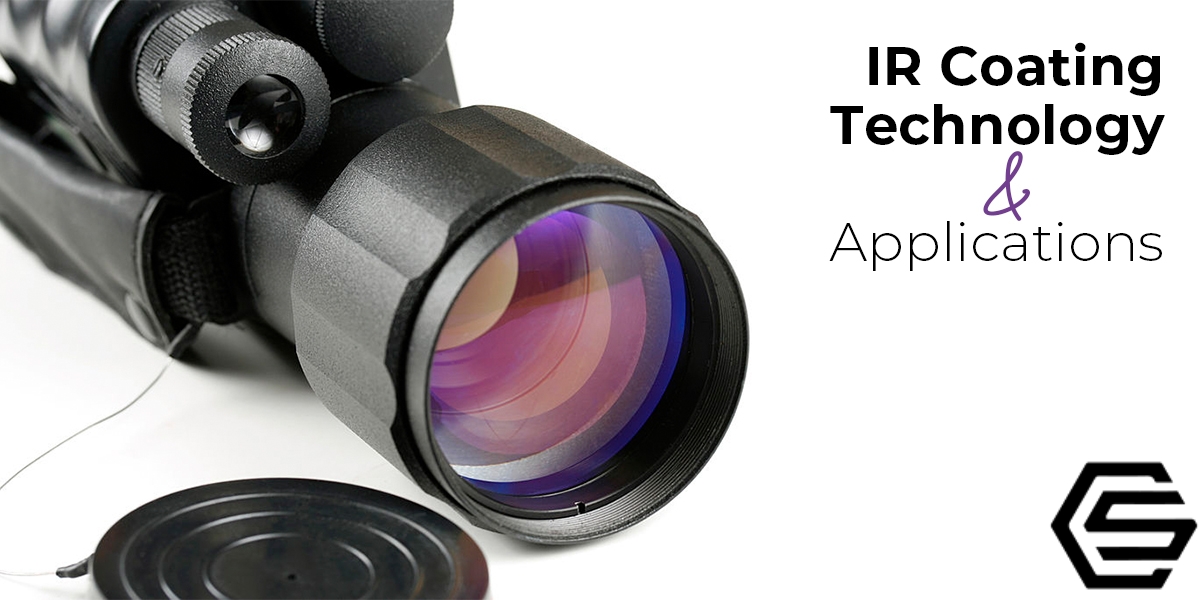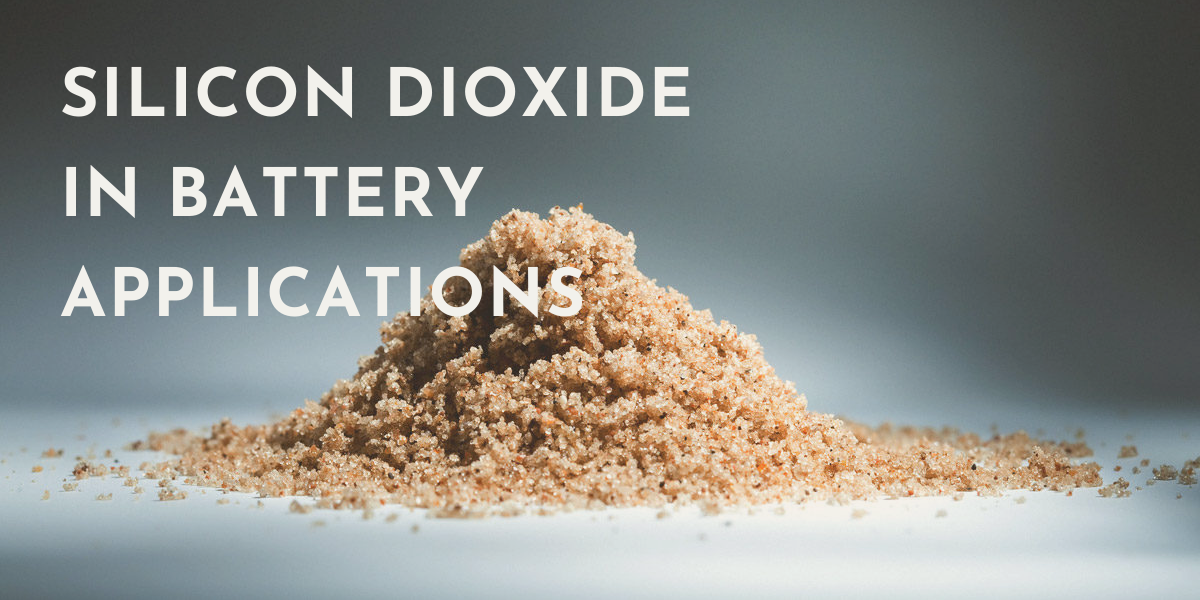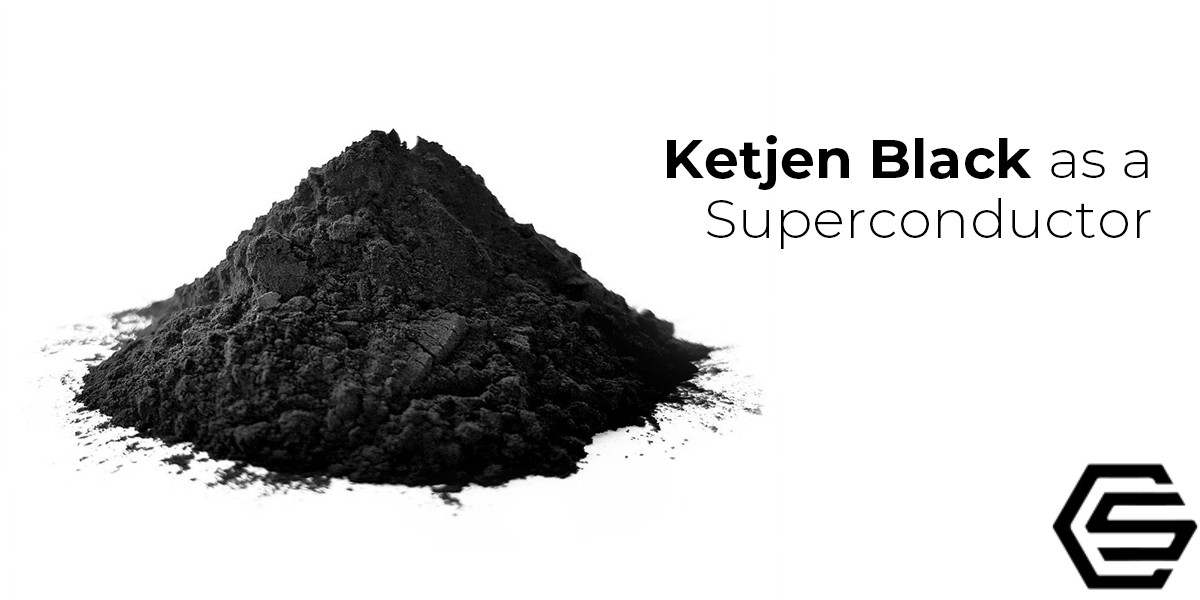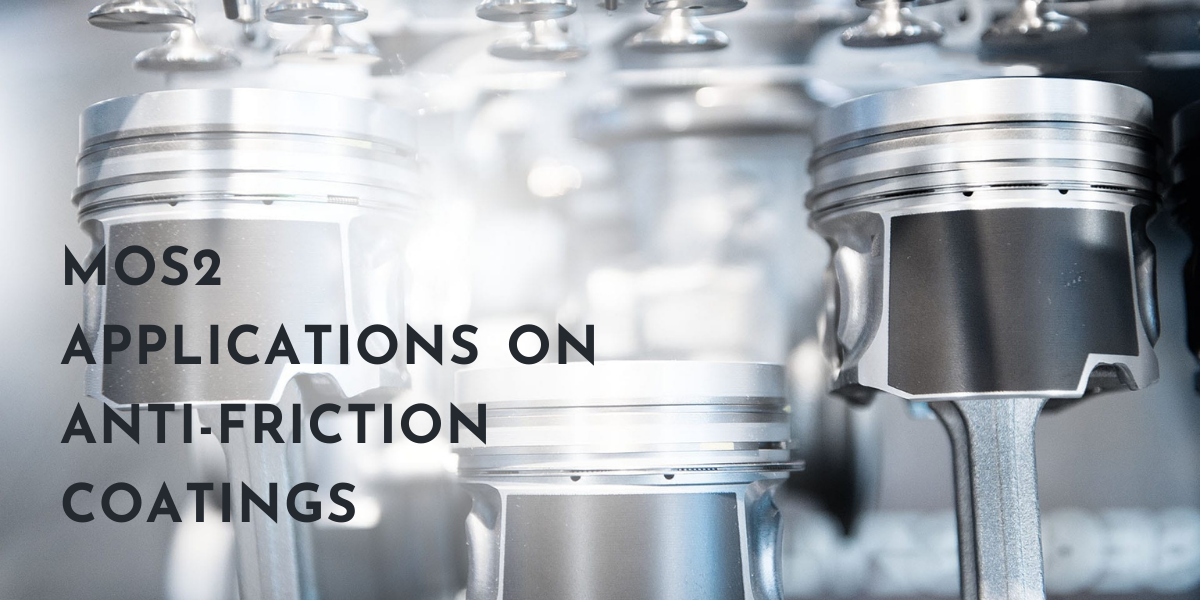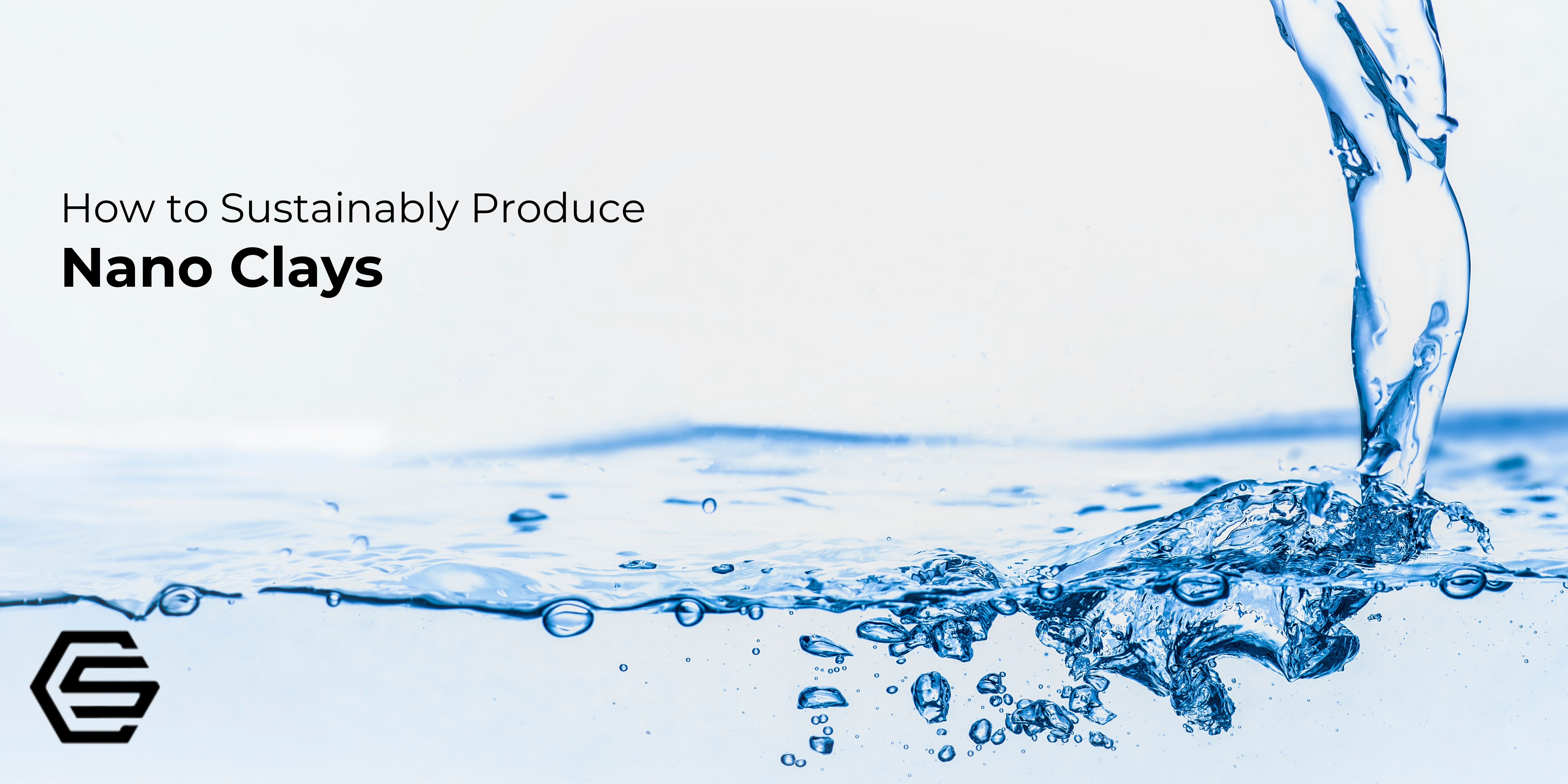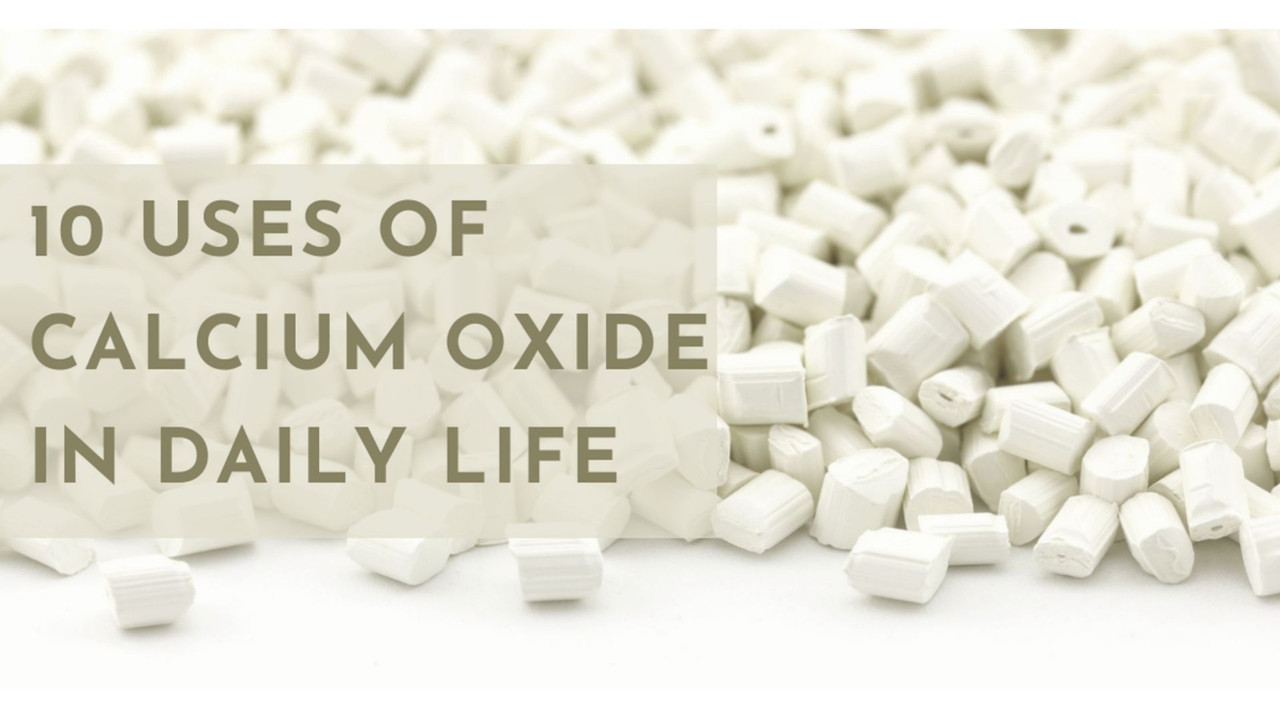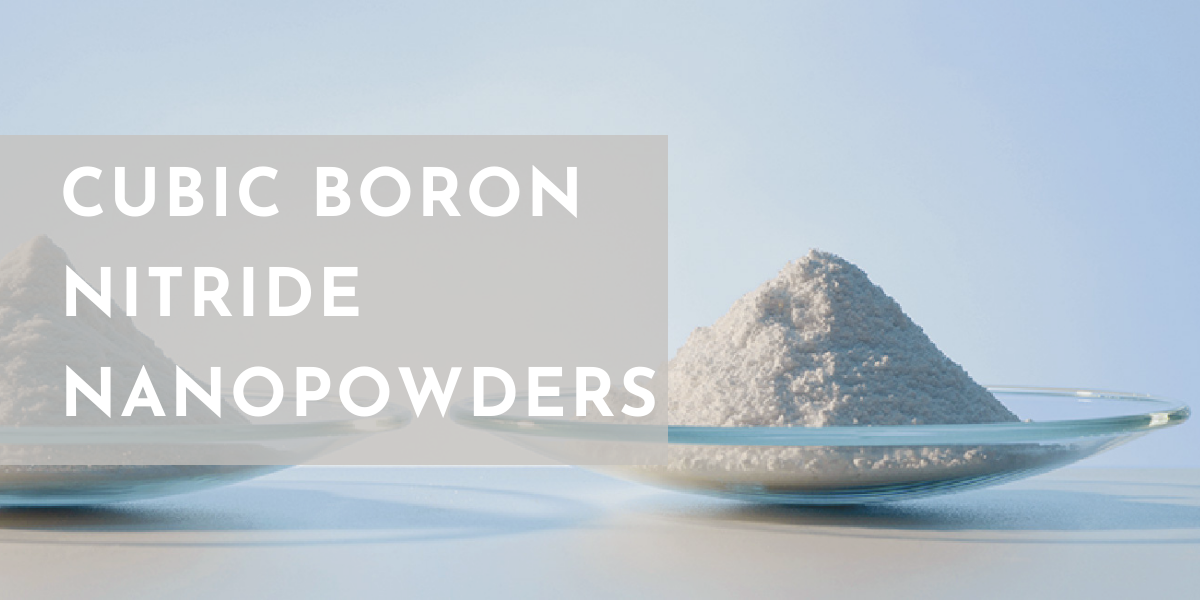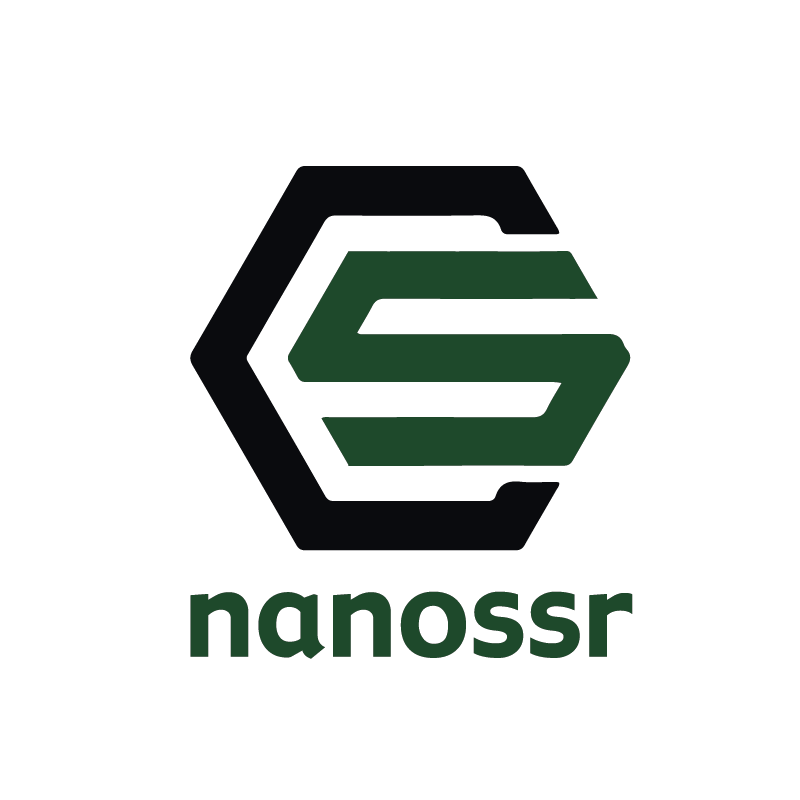Liquid Junction Adapter, 6 Mm Dia.
Buy Redox.me products from NANOSSR at the best value.
This Liquid Junction Adapter provides an additional frit- or membrane-separated compartment between the electrodes. Depending on the application, this compartment is filled with an inert filling solution selected by the user, typically weak/diluted acid or alkaline electrolyte.
There are generally three situations when using this Liquid Junction Adapter is reasonable or even necessary. It is either 1) protection of the reference electrode against damage, 2) protection of the electrode assembly (working and counter electrode) against contaminants from inside the reference electrode, and 3) separation of the counter electrode from the working electrode by ion-exchange or nanoporous membrane by creating an H-Cell configuration.
The first situation is when we want to convert a single-junction reference electrode into a double-junction electrode. Double-junction electrodes have an additional junction (frit or membrane) to prevent reactions between the reference electrode fill solution and your sample, which would otherwise cause damage to the reference electrode junction. They are required to test samples that contain proteins, heavy metals or sulfides. Another example is an electrochemical measurement with an electrolyte containing HF or a strong and sometimes hot alkaline electrolyte. The classic reference electrode in a glass body with ceramic frit cannot be directly inserted into such an electrolyte. The reaction of HF or a strong base would lead to permanent damage to the reference electrode. In that case, the Liquid Junction adapter is a safe buffer between the chemical environments of the electrochemical cell and the reference electrode.
The second case, when this adapter is necessary, is to prevent contamination of the electrochemical cell with salt solution from inside the reference electrode. Standard calomel or Ag/AgCl reference electrodes slowly leak out Potassium Chloride into the electrochemical cell during measurement. There are many applications where this is unacceptable, for example, Chloride, Potassium, Nitrate, and silver analysis. Also, corrosion studies may be sensitive to those compounds.
The third case, which is probably not the last one, is about converting a single-compartment electrochemical cell into an H-Cell. The Liquid Junction Adapter in that case establishes an ionic connection between the working and counter electrode without the risk that electrochemical products appearing at those electrodes affect the opposite electrode.
The adapter exists in two versions, although customization is possible. In the first variant, the insertion tube ends with a PEEK frit. In the second version, the tube is adapted to install a membrane. Practically any ion-exchange or nanoporous membrane can be used in that variant if it is a thin (below 250 µm thick) and flexible material. We offer a wide range of membranes suitable for that adapter. Please note that membranes are not part of the set and must be added to the quotation separately. In the case of the variant with PEEK frit, one piece is included in the set.
The aqueous version uses FKM O-Rings, while the organic one uses FFKM O-Rings. The other components are common to both variants.
Application note:
To use the adapter, first, put it in a vertical position. Install the selected electrode (not included in the set) in it tightly using the O-Ring. Then, using a syringe (not included in the set) connected to the inlet (bottom fitting), fill the adapter with the selected electrolyte. The electrolyte will fill the inside of the adapter and push the air out through the outlet (upper fitting). Therefore, the outlet must be unobstructed (without a tube clamp installed). When you see the electrolyte in the outlet tube, you can assume the adapter is full. You can then put the tube clamp on the outlet and unhook the syringe from the inlet. Ensure the tube clamp seals the adapter from above. Otherwise, the electrolyte will leak through the inlet. To empty the adapter, connect an empty syringe to the inlet, remove the tube clamp from the outlet, and withdraw all the liquid from the adapter.
Specification:
Insertion tube material: PTFE
Adapter body material: PEEK
Insertion tube diameter: ID 4 mm, OD 6 mm
The porosity of PEEK frit: 0.5 µm
Maximum membrane thickness: 250 µm
Minimum membrane diameter: 15 mm
Electrode diameter: 6 mm
Product Includes:
1 x electrode chamber with fittings and tubing
1 x PTFE insertion tube with PEEK frit or membrane mount, plus O-Ring
1 x set of O-Rings
1 x tube clamp
1 x 1.6 mm OD tube to Luer adapter


